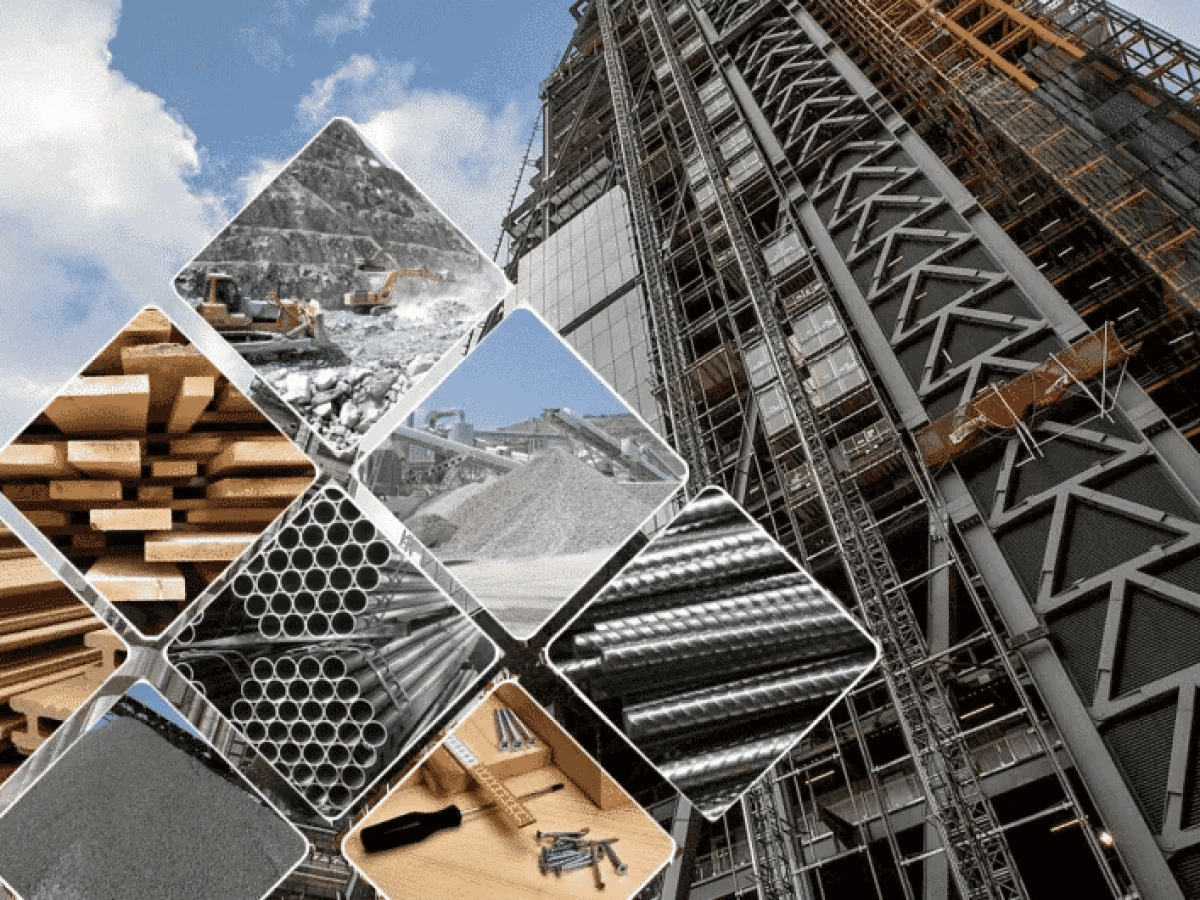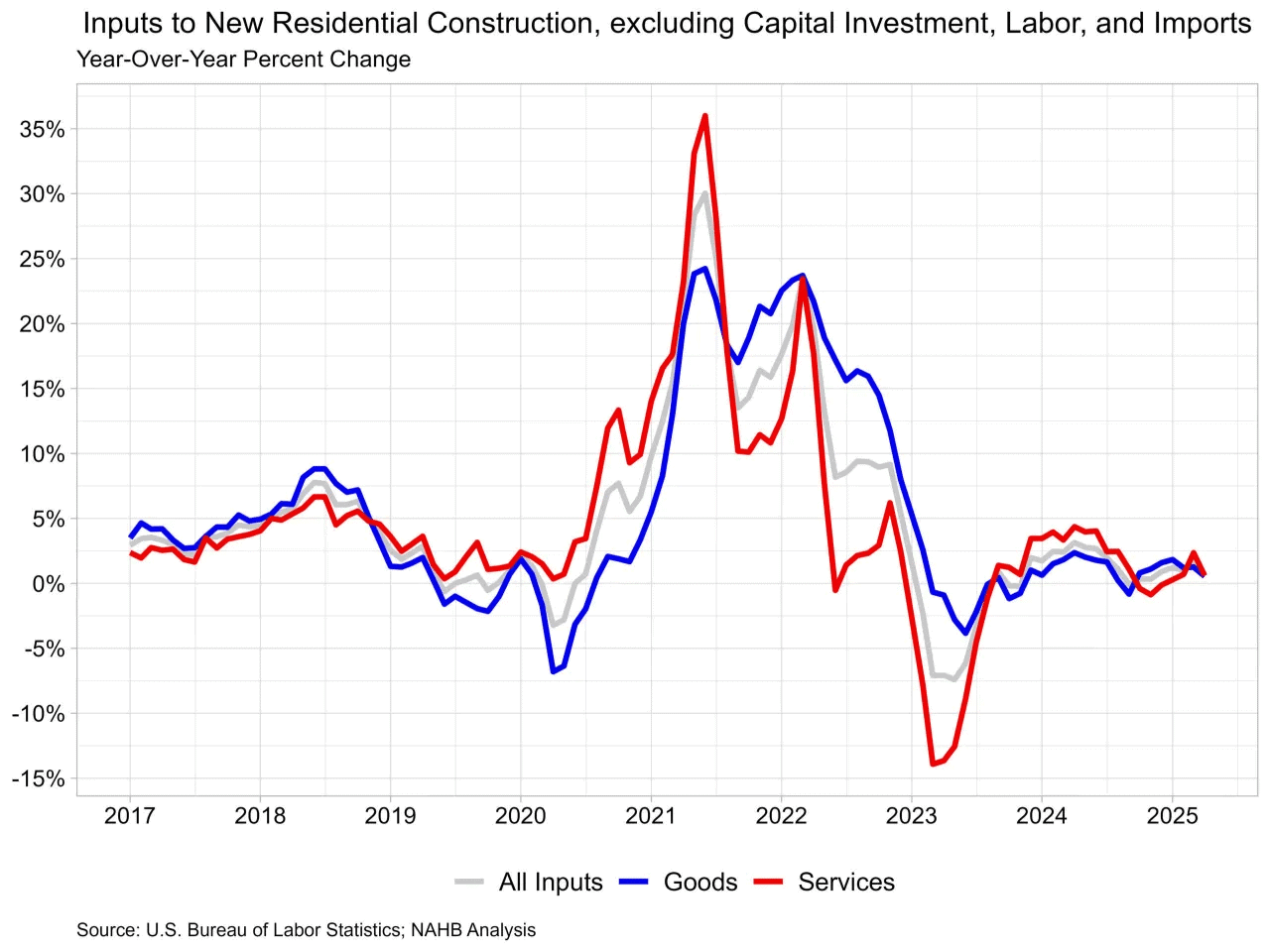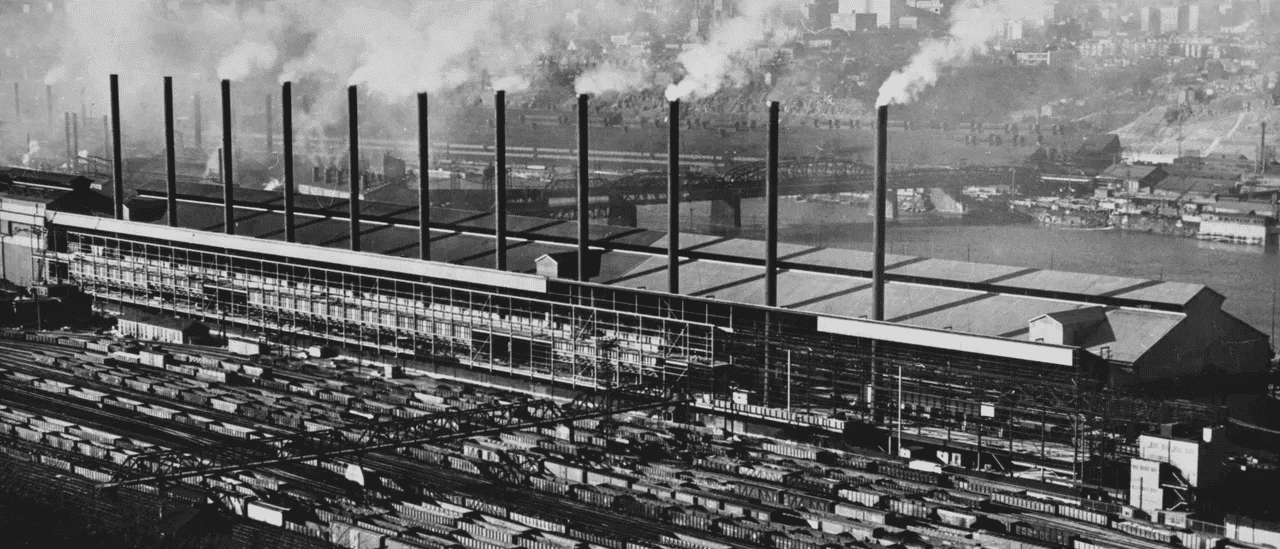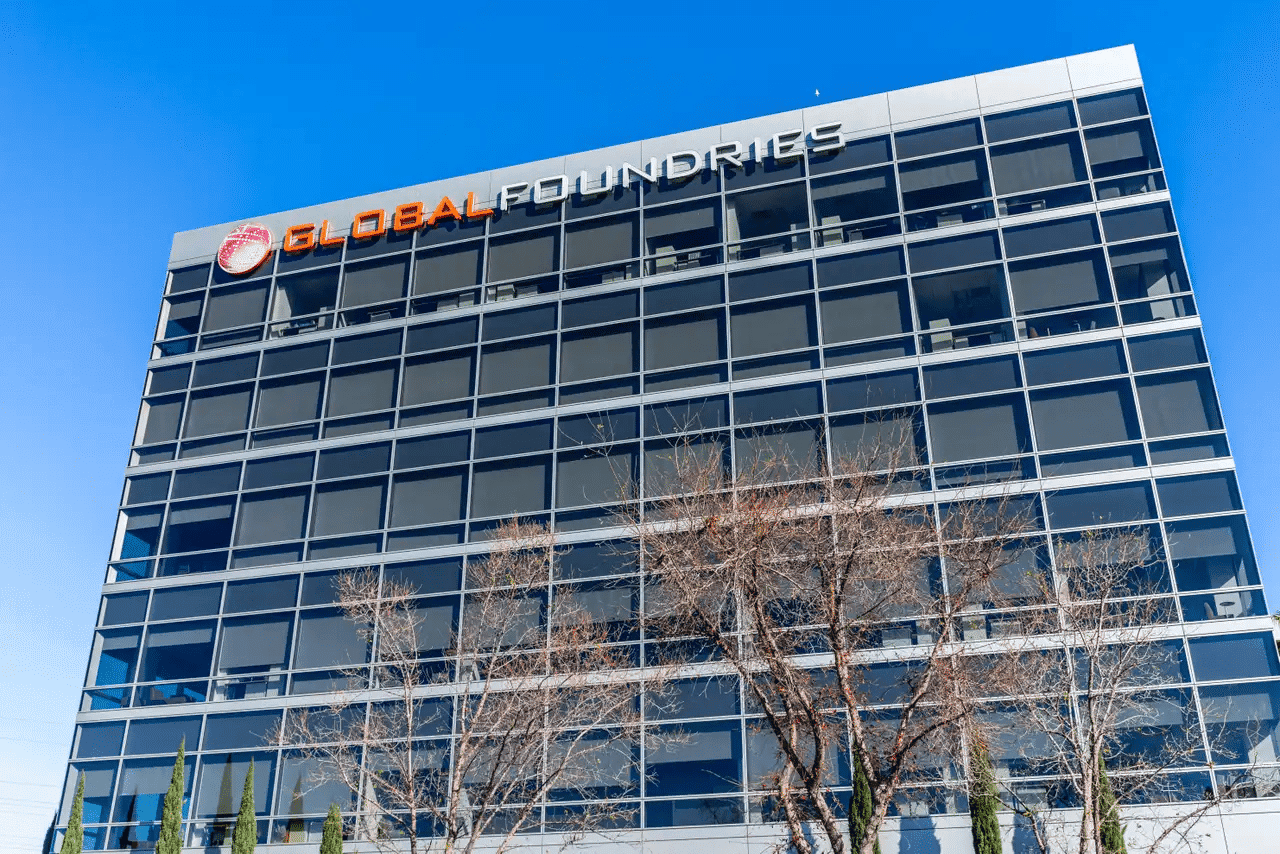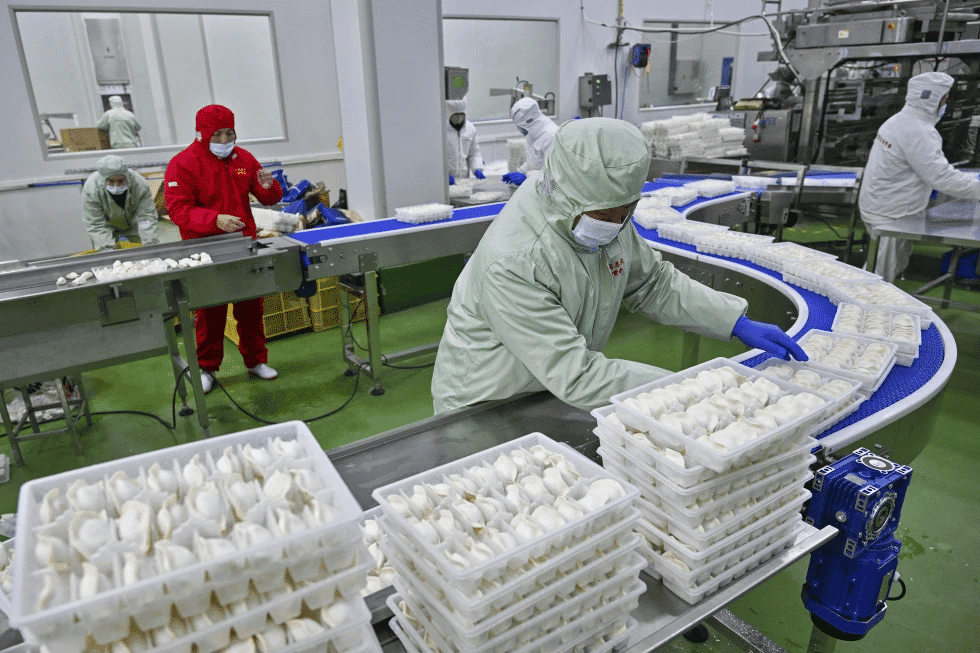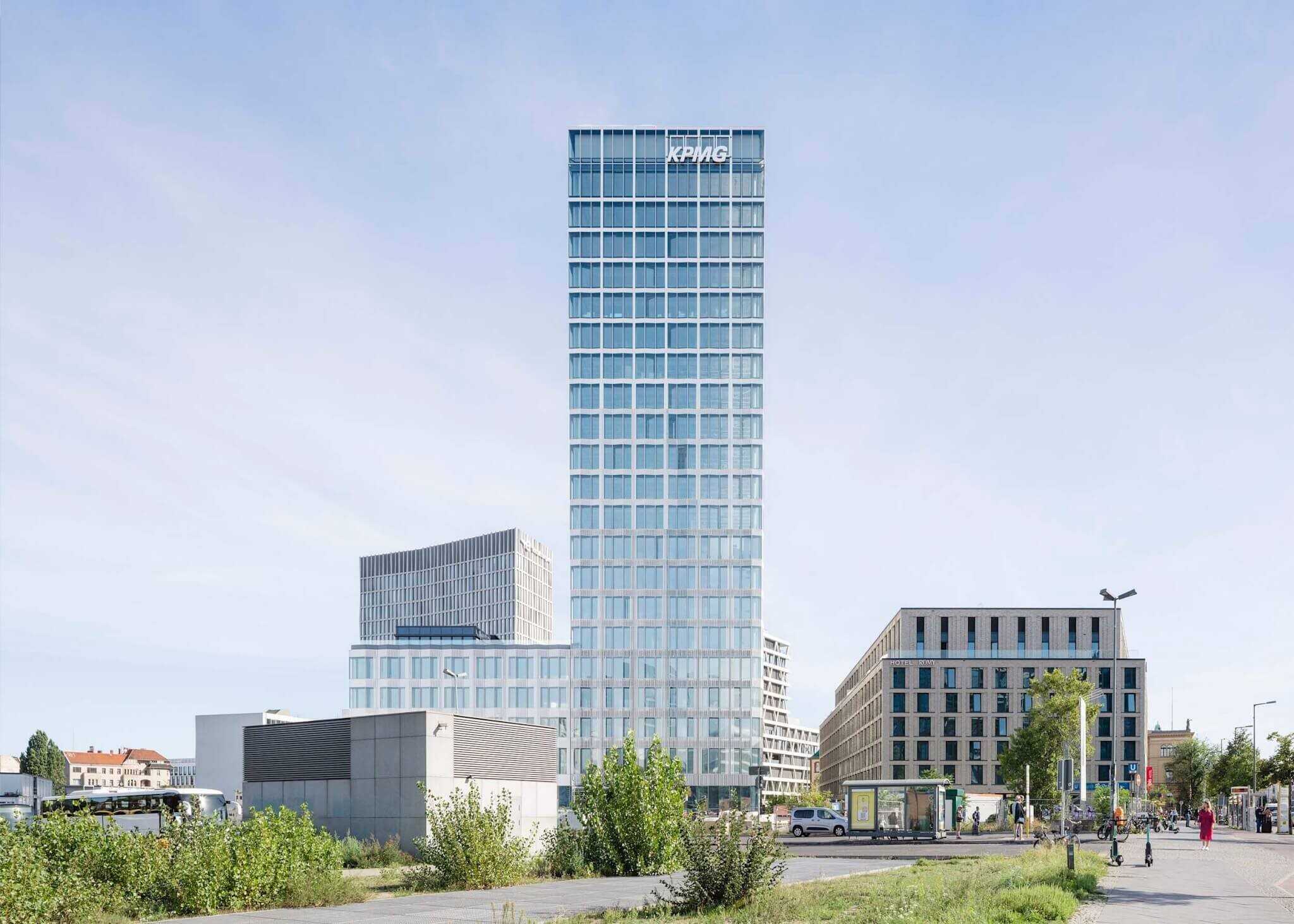
The Vision Behind the Double-Skin Façade
The double-skin façade concept is a dynamic solution that serves multiple purposes, from energy efficiency to enhanced visual appeal. The architects at Allmann Sattler Wappner envisioned a building that seamlessly integrates with its environment while offering a distinct look and improved sustainability. The double-skin façade achieves this by incorporating layers of material that work together to control climate and acoustics within the building.
Key Features of the Design
- Folding Aluminum Rods: The most striking feature of the façade is the use of folding aluminum rods. These rods can be adjusted to control light and air flow, adapting to seasonal variations and the specific needs of the building occupants.
- Energy Efficiency: The double-skin structure provides an additional layer of insulation, significantly reducing energy consumption for heating and cooling. This makes the tower a model of sustainability in urban architecture.
- Acoustic Control: The façade’s design also reduces noise pollution from the bustling city streets below, creating a more serene interior environment.
- Aesthetic Versatility: The aluminum façade changes appearance throughout the day, reflecting sunlight in unique patterns and creating a dynamic visual impact.
The Role of Aluminum in Modern Architecture
Aluminum has long been favored in modern architecture for its strength, durability, and aesthetic flexibility. The Berlin tower capitalizes on these qualities, demonstrating aluminum’s adaptability in innovative design.
Sustainability and Durability
Aluminum is a sustainable choice for several reasons:
- Recyclability: It is 100% recyclable, making it an environmentally friendly option for large-scale projects.
- Longevity: Aluminum is resistant to corrosion and wear, ensuring the façade’s longevity with minimal maintenance.
- Lightweight: Despite its strength, aluminum is lightweight, reducing the structural load on the building and allowing for unique design possibilities.
Impact on the Urban Landscape
The tower’s presence in Berlin is not merely about architectural prowess; it embodies a larger vision of urban development that prioritizes sustainability and innovation. Its completion signals a step forward in city planning and environmental consciousness.
Enhancing City Aesthetics
The dynamic appearance of the façade contributes to the city’s evolving skyline, offering a visual break from traditional architectures and setting a new benchmark for future developments.
Boosting Eco-Friendly Development
This project serves as a catalyst for more eco-conscious construction in urban settings. The sustainable features of the building demonstrate to construction developers the viability and necessity of environmentally neutral materials and energy-efficient designs.
Challenges and Solutions
Implementing a project of this caliber comes with its own set of challenges. The architects faced several hurdles in bringing the aluminum façade to life:
Customization Complexity
The intricacy of designing a façade with movable components like folding rods required precision engineering and custom solutions. Each component needed to seamlessly integrate with the others, presenting coordination challenges for the architectural and construction teams.
Ensuring Environmental Compatibility
The design had to consider not only aesthetic and functional goals but also environmental compatibility. This meant selecting materials and design methodologies that align with ecological objectives, such as minimizing waste and lowering carbon footprints during construction and operational phases.
Conclusion
The introduction of the double-skin façade with folding aluminum rods is a significant achievement in architectural design, offering a blend of visual innovation, functionality, and sustainability. The Berlin tower illustrates how modern architecture can embrace traditional materials like aluminum in novel ways to meet contemporary needs.
As cities across the globe seek to balance rapid urban development with environmental responsibilities, projects like this serve as an inspiring prototype for future endeavors. By capitalizing on sustainable materials and innovative architectural concepts, the Berlin tower sets a precedent for aesthetically pleasing, environmentally conscious developments worldwide.













